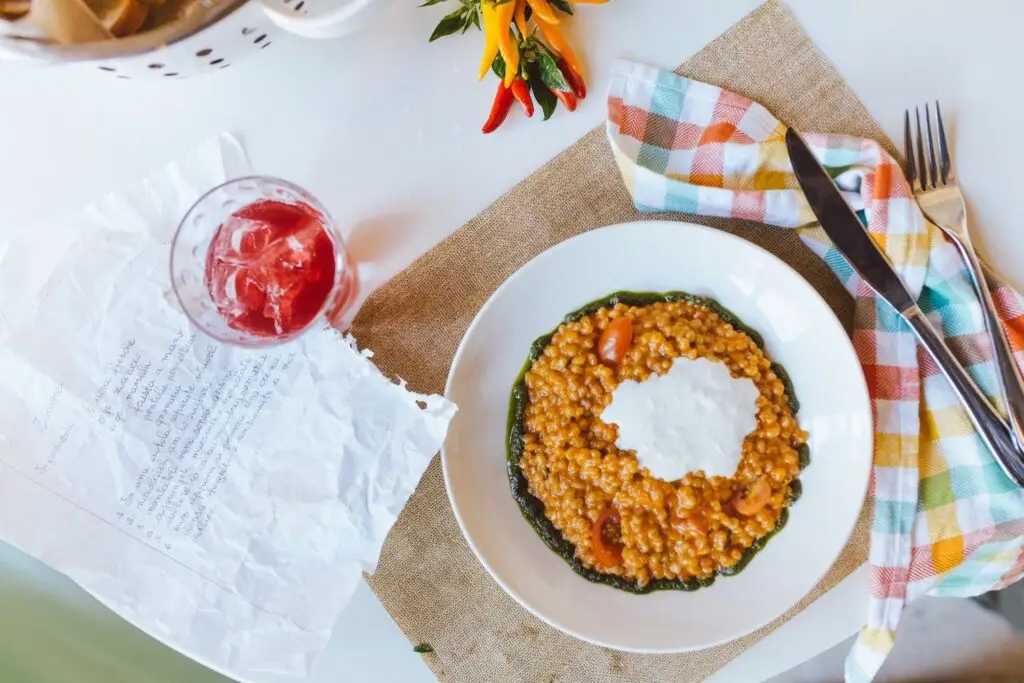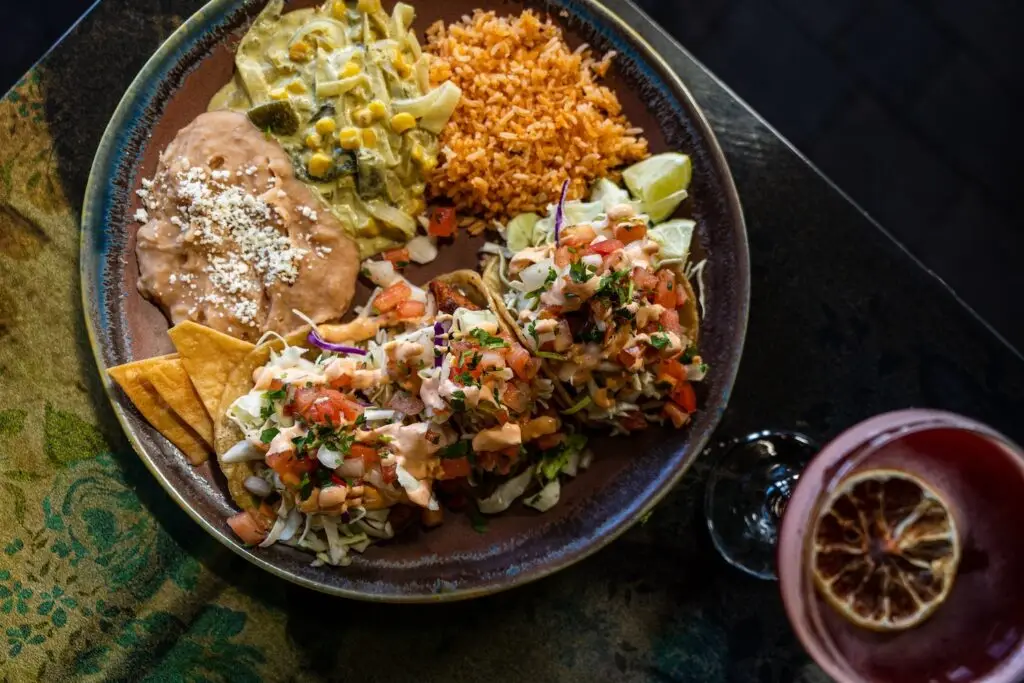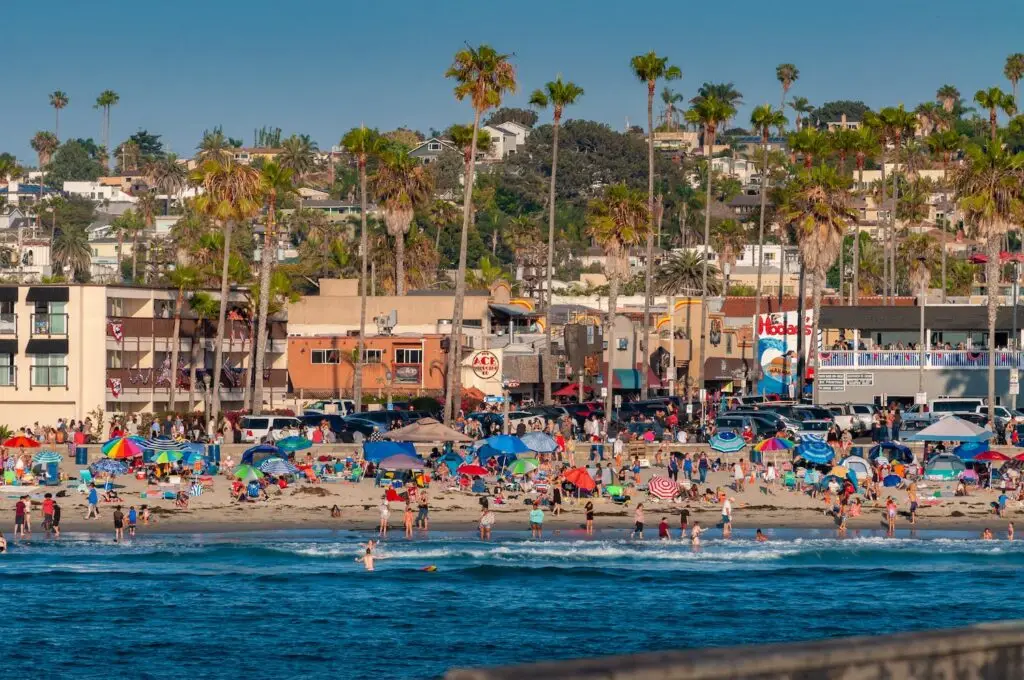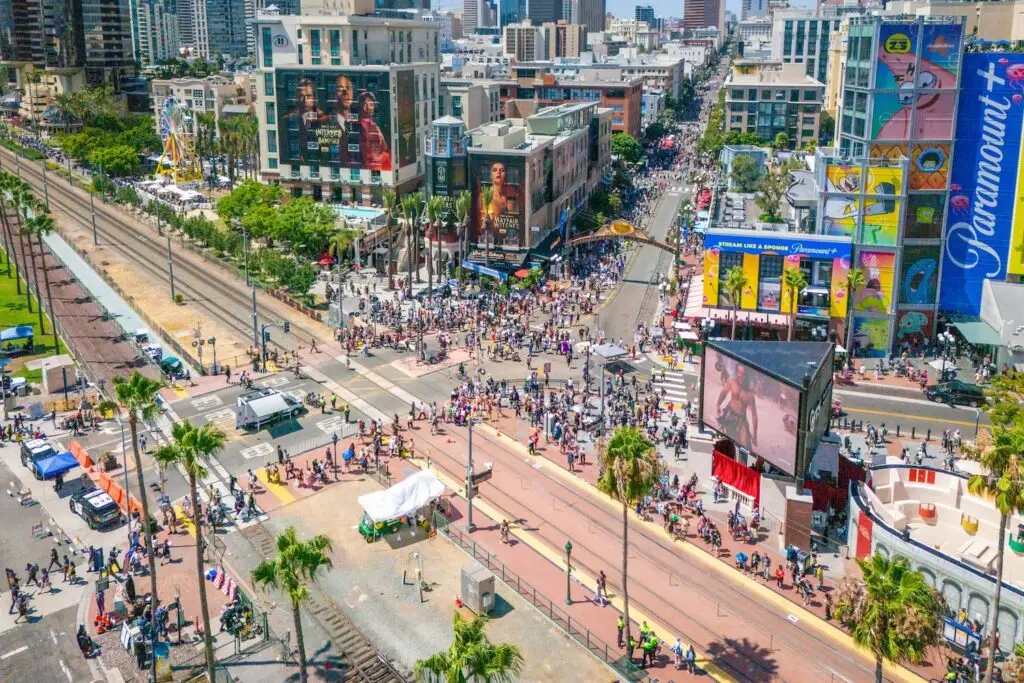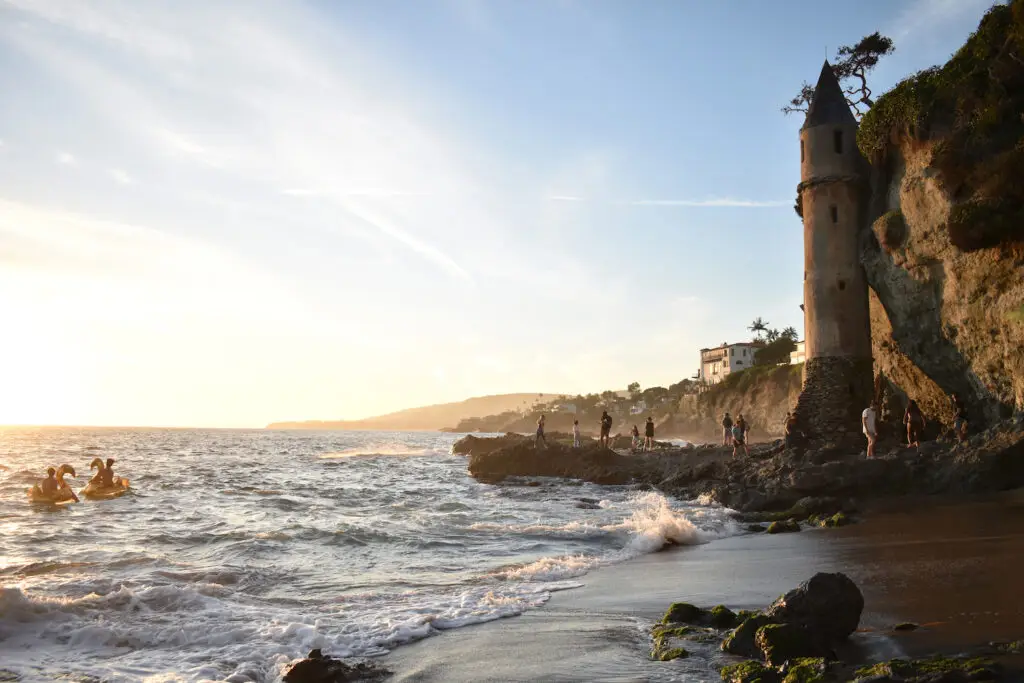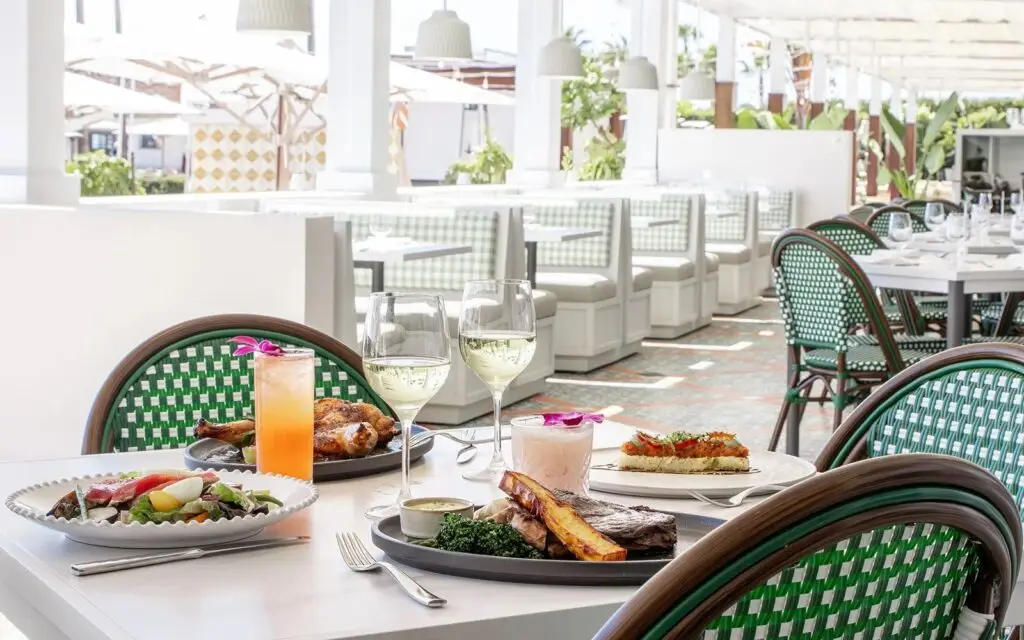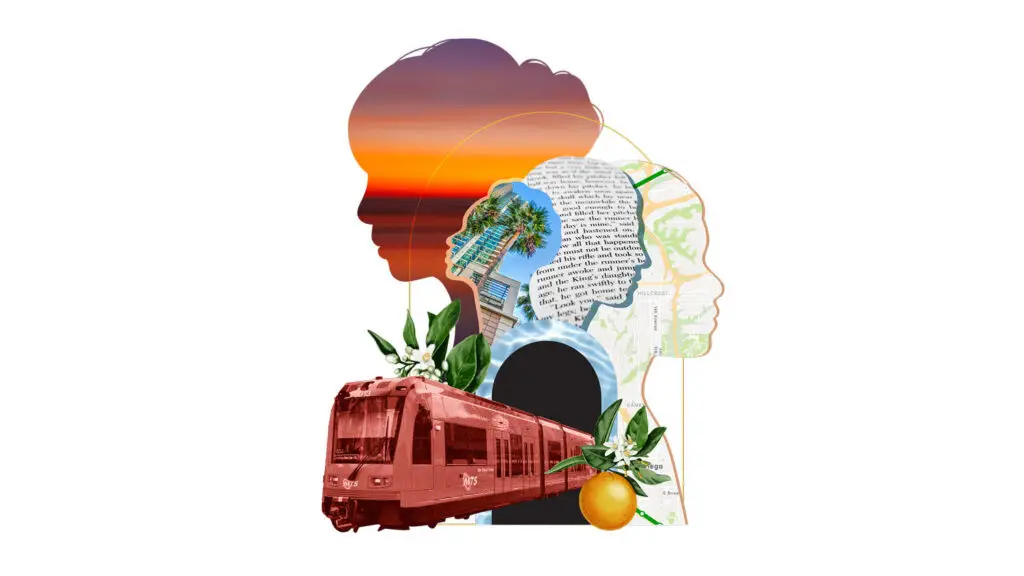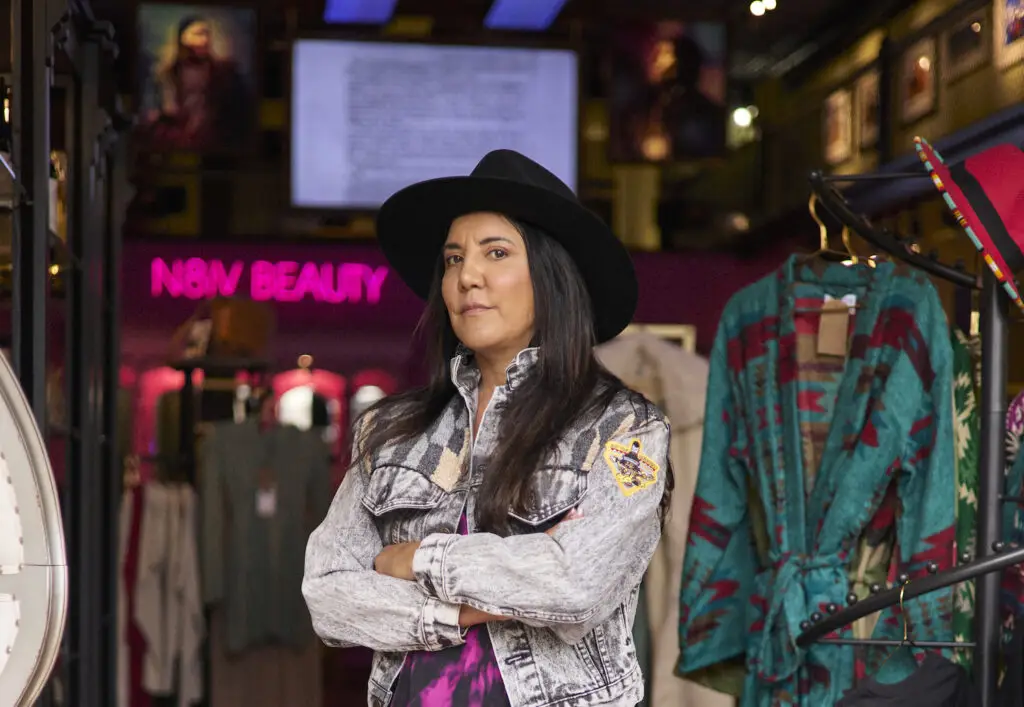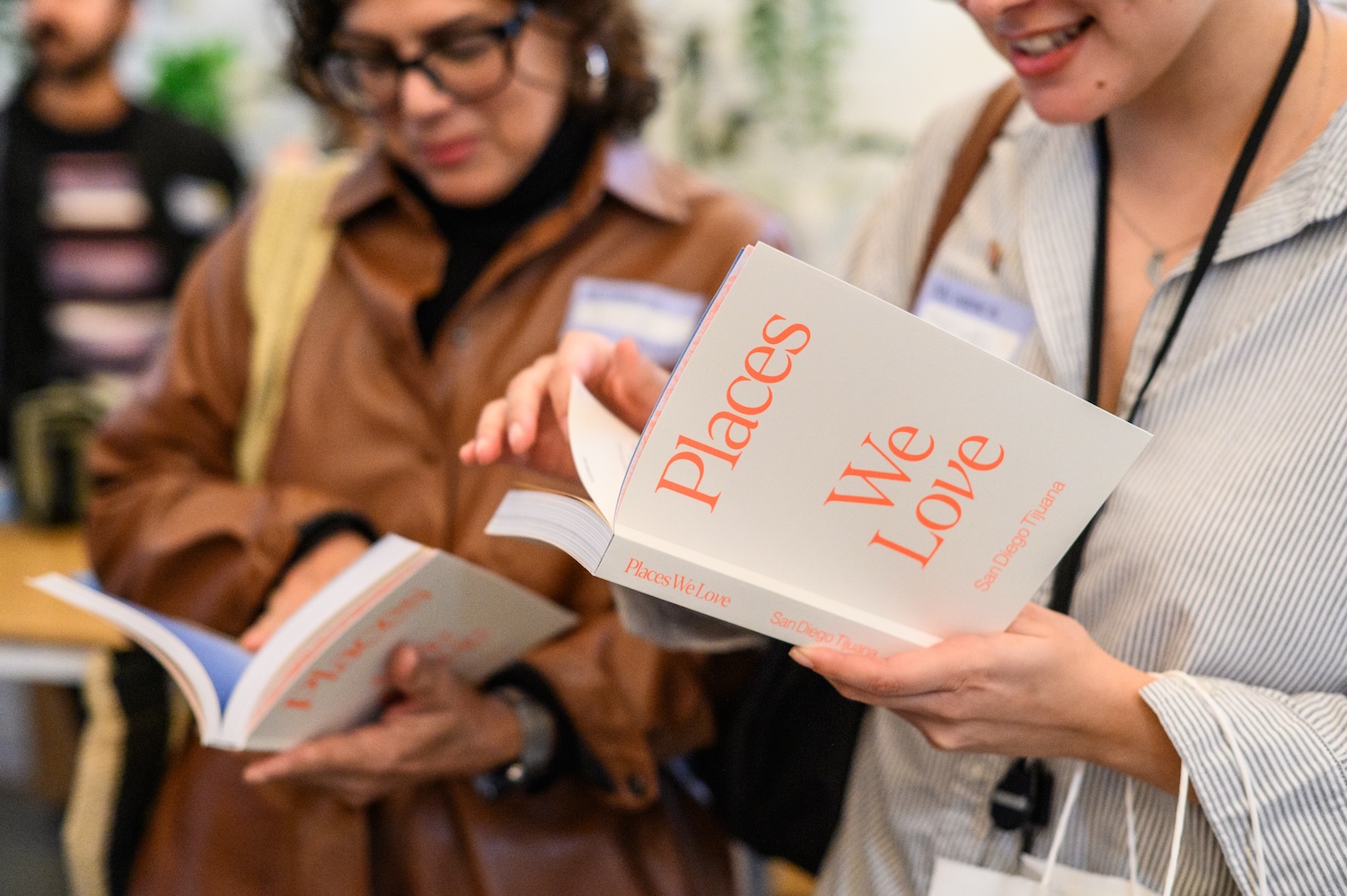“The book is basically a piece of advocacy for better urban design wrapped in a sexy guidebook,” says Megan Groth, author of Places We Love San Diego Tijuana. The book—272 pages of the very best places to visit from North County to Tijuana—is rich with beautiful photography and studded with bilingual essays encouraging new and improved public spaces. It’s a love letter, of sorts. And a call to action.
Inspiration for the book struck Groth—an urbanist, educator, and native San Diegan—after she studied architecture in Helsinki, Finland, just one year before the city was announced as the 2012 World Design Capital. When she returned in 2012 for a conference, Groth picked up a portable, photo-oriented guidebook about Helsinki.
But it wasn’t until years later, when she was back home in San Diego, that she rediscovered the book and really began musing about creating a similar guide for San Diego and Tijuana.
Passion for representation, public spaces, and community has been a consistent theme since those early days. The accumulation of all the places in the guide was the result of, yes, lots of research, but also the snowball effect that came from Groth reaching out to “friends and friends of friends and neighbors and just saying, ‘Hey, I’m writing this book. What do you think?’”
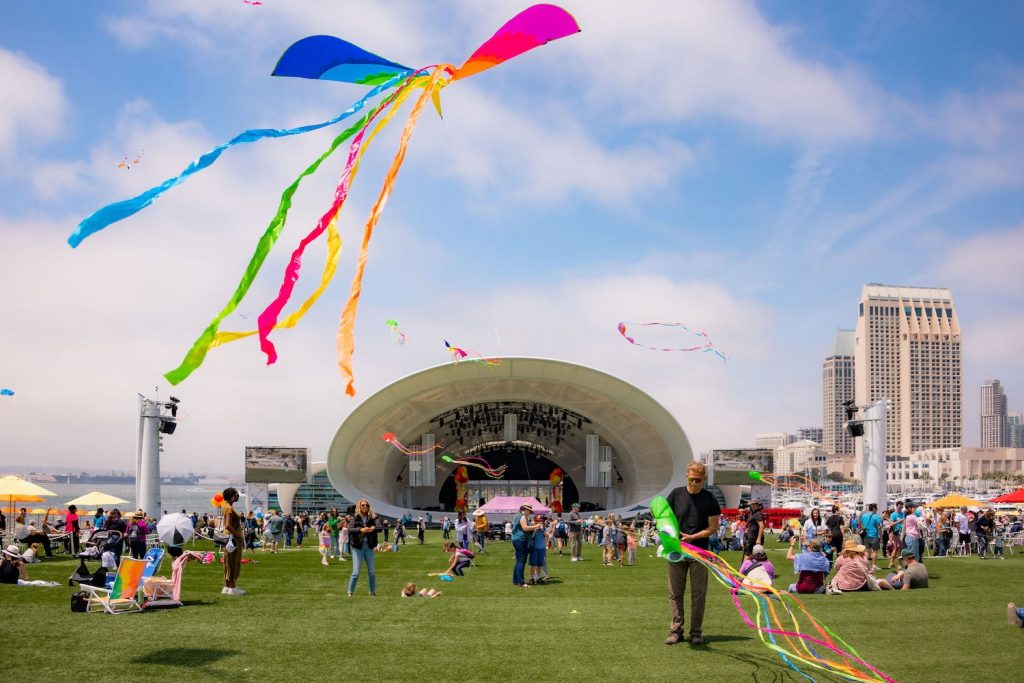
Photo Credit: Jenna Selby
Groth embraced the diversity of locations that came from crowdsourcing. She had just one criterion for inclusion: that each place is free and publicly accessible. “I did make a few exceptions for places like the Mingei and the Museum of Contemporary Art San Diego, because I am an architect and both of those projects have recent amazing, architecturally significant renovations,” she notes. “I felt like it was important that those were celebrated.”
Though your typical guidebook is penned with a visitor’s perspective in mind, Groth hopes to see Places We Love taken up by locals and tourists alike. “I think the goal was not to restrict it, and so not to write it in a way that didn’t feel accessible to everyone,” she says.
Her desire for an inclusive look at the area also drove her decision to make the guide a binational one. “I don’t know of any other book that shows both [Tijuana and San Diego] together as one, and that is the reality of so many people that live here,” she says. Blurbs describing each place—regardless of what side of the border it’s on—are published in English and Spanish, and Groth drew visual connections between the two cities by ensuring that Tijuana and San Diego were photographed “in the same vein.”
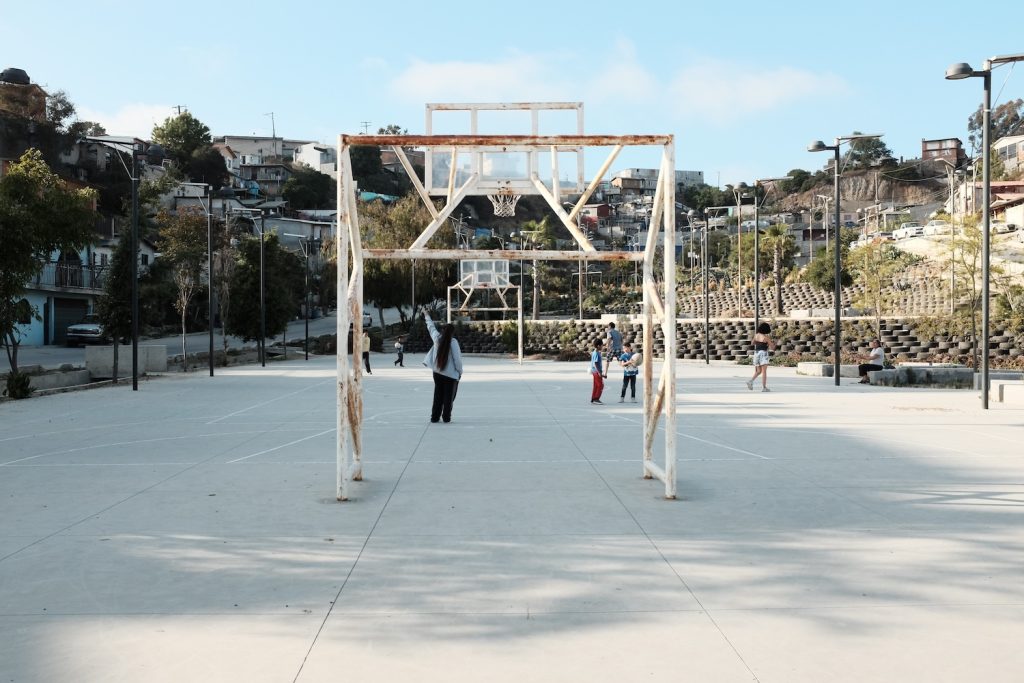
Photo Credit: Eduardo Heredia Cabuto
Groth and her team commissioned more than 15 photographers to shoot the book’s locations, resulting in a beautiful array of styles, including both digital and analog snaps. Though Groth allotted creative control to the photographers, she did stress the importance of capturing the relationship between people and space, which is why you’ll see locals and visitors hanging out in almost every photo.
A 100-or-so-word blurb packed with history and fun facts accompanies the photograph of each location. Groth also uses this space to urge people to visit and care about these places and to emphasize the importance of public spaces. “We need to further invest in these places and understand how they came to be so that we can make more now and in the future,” she says.
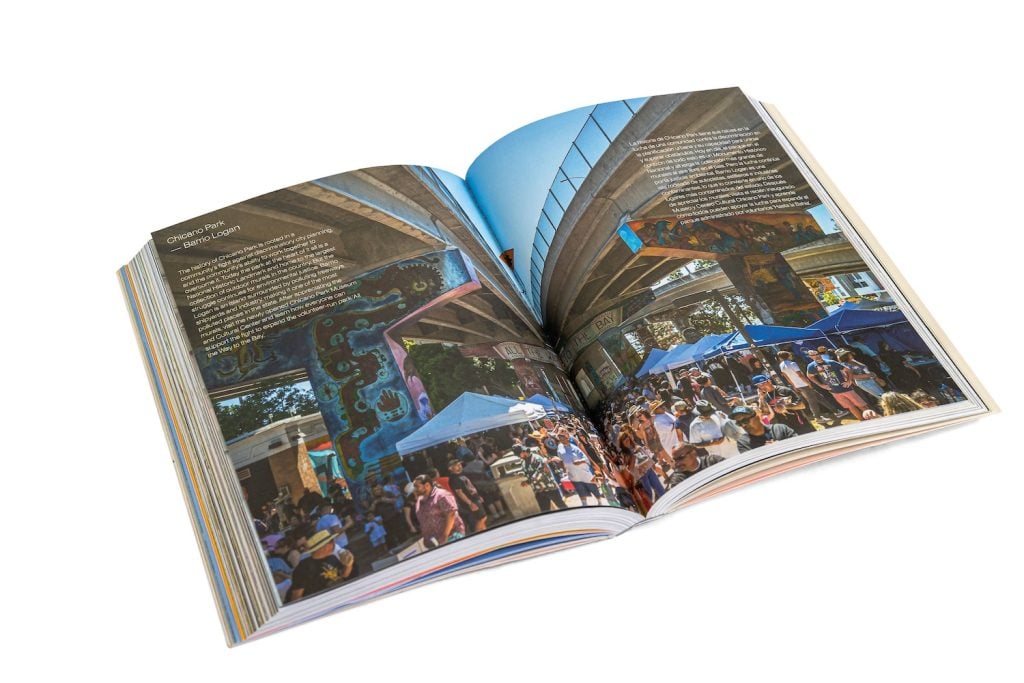
She believes that bringing “more [and] better” public spaces to San Diego and Tijuana requires an equal division of work between top-down and bottom-up policies. “The truth is, you have to have both because, if not, you’ll have communities organizing and working very hard without the support of the city or country, and you’ll have public entities putting resources into policies and plans without community support,” she says. “Neither scenario is effective or sustainable.”
Coincidentally, around the same time that Groth was putting final touches on Places We Love, San Diego and Tijuana were jointly named the 2024 World Design Capital. Groth, however, feels that “it’s not that we are a world design capital as much as I think this is a year that we can really galvanize around [that title] to promote things—you know, move the dial.” And that’s exactly what she aims to do with her book: to guide us not just through the San Diego and Tijuana of today, but to the future of public spaces.
Learn more about placeswelovesdtj.com or check out a panel discussion with Groth on May 18 in Liberty Station.
